Anyone have plastic mulch testimonials?
DapperDahlia
18 years ago
Related Stories

GARDENING GUIDESHow to Pick a Mulch — and Why Your Soil Wants It
There's more to topdressing than shredded wood. Learn about mulch types, costs and design considerations here
Full Story
GARDENING GUIDESGarden Myths to Debunk as You Dig This Fall and Rest Over Winter
Termites hate wood mulch, don’t amend soil for trees, avoid gravel in planters — and more nuggets of garden wisdom
Full Story
CHRISTMASReal vs. Fake: How to Choose the Right Christmas Tree
Pitting flexibility and ease against cost and the environment can leave anyone flummoxed. This Christmas tree breakdown can help
Full Story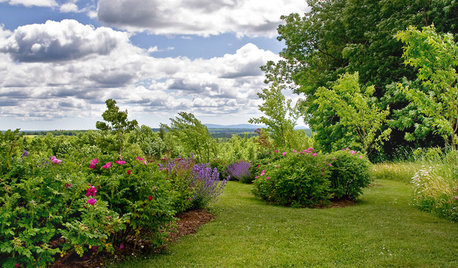
LANDSCAPE DESIGNYour Mini Guide to Great Garden Edges
Get the scoop on trenches to the skinny on bender board, to help keep your garden beds as tidy as you like
Full Story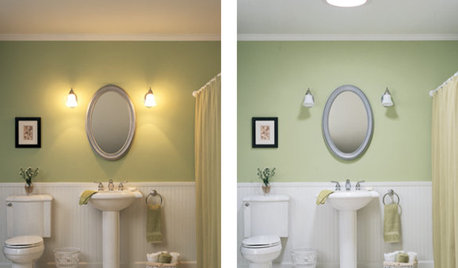
REMODELING GUIDESTubular Daylighting Devices Bring In Natural Light
More advanced and less pricey than traditional skylights, TDDs are the most modern way to let the light in
Full Story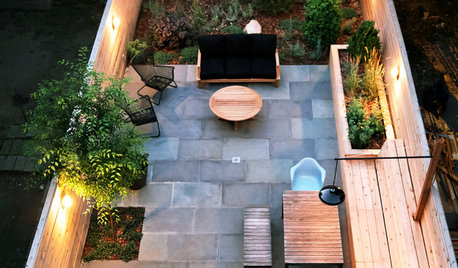
MOST POPULAR16 Ways to Get More From Your Small Backyard
Make a tight or awkward yard a real destination with these design tricks from the pros
Full Story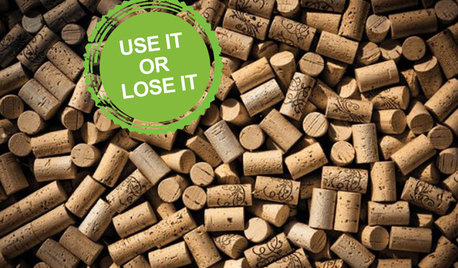
DECORATING GUIDESTurn Your Corks Into Home Décor
Are the wine corks piling up in your house? Learn how to recycle or reuse these versatile, sustainable stoppers
Full Story
INSIDE HOUZZUsing Houzz: Create a Home To-Do List
See how to use an ideabook to keep track of your home projects this year
Full Story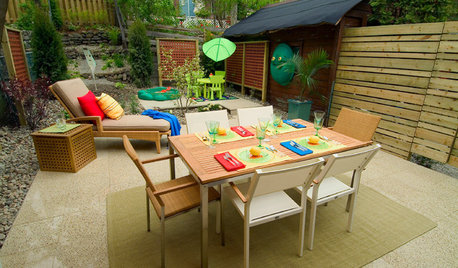
LANDSCAPE DESIGNHow to Design a Family-Friendly Yard for People of All Ages
Incorporate features and materials that will make your landscape fun and accessible for everyone
Full Story
FRONT YARD IDEASBefore and After: Front Lawn to Prairie Garden
How they did it: Homeowners create a plan, stick to it and keep the neighbors (and wildlife) in mind
Full StorySponsored






lmariesteve
flowerfarmer
Related Professionals
Tempe Landscape Architects & Landscape Designers · Belmont Landscape Architects & Landscape Designers · Salem Landscape Architects & Landscape Designers · Blue Springs Landscape Contractors · Dudley Landscape Contractors · Gallatin Landscape Contractors · Milford Landscape Contractors · Nanuet Landscape Contractors · Soddy Daisy Landscape Contractors · Waldorf Landscape Contractors · Westford Landscape Contractors · Irvington Landscape Contractors · Quartz Hill Landscape Contractors · Merrifield Landscape Contractors · Suisun City Landscape ContractorsKaren Mickleson
DapperDahliaOriginal Author
flowers4u
Karen Mickleson
Jeanne_in_Idaho
bryan_ut
flowerfarmer